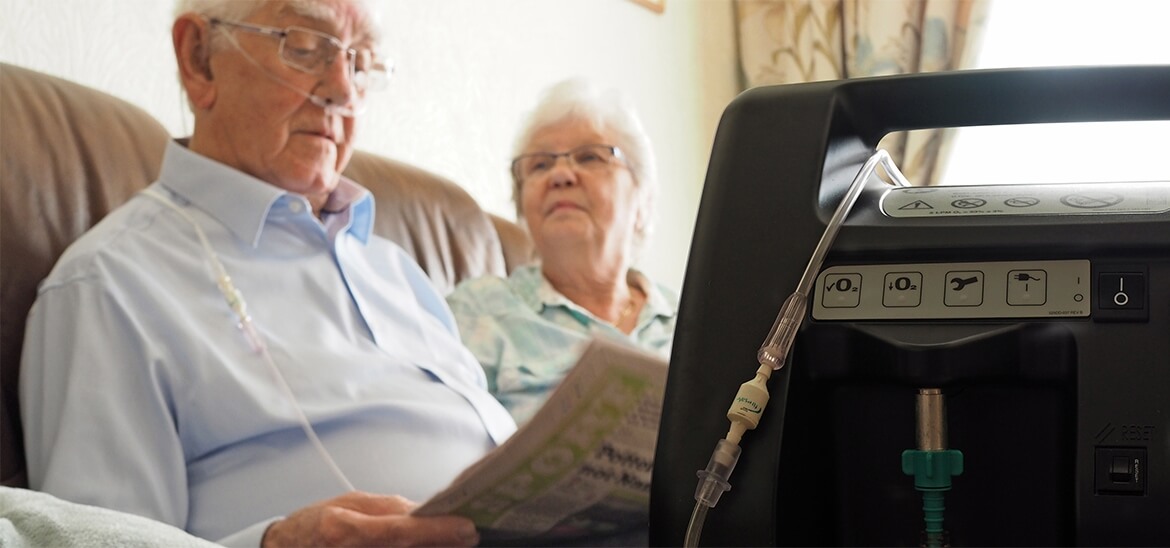Over 500 fires involving home oxygen, resulting in over 300 deaths including two firefighters, have been reported by the US media since 2017, our new study – Firebreaks: A risk-based approach to safer home oxygen delivery – has revealed.
There were also reports of over 130 serious injuries, including a further two firefighters, as well as injuries to nearly 200 other people, among them 17 firefighters and two police officers, according to our research. Nearly 200 properties were reportedly destroyed during this period, with fires resulting in damage to over 70 neighbouring buildings, and over 100 incidents leading to residents being forced out of their properties.
The research also examines the impact of burn injuries resulting from home oxygen fires. Over 1,000 patients are treated for burns resulting from fires involving home oxygen every year, according to data from Emergency Room admissions. Severe burn cases can cost $1 million to treat, even without complications, and very complex cases can exceed $10 million. This suggests that the true cost of treating victims of home oxygen fires could run into hundreds of millions of dollars every year.
Our report reveals:
• 567 incidents were reported by the media between December 2017 and July 2021.
• There were 316 reported deaths in this period, equating to one death every four days.
• Two firefighters have been killed attending home oxygen fires in the past three years, the most recent during a house fire in Oklahoma City in July 2021. In the previous incident, in October 2018, a firefighter fell victim to a piece of shrapnel from an exploding propane tank.
• 134 individuals, including 17 firefighters, suffered serious injuries from incidents. The majority of these were sustained by oxygen users and included either burns or smoke inhalation injuries, or both.
• Exploding cylinders are referenced in a third of all reported home oxygen fires, posing a significant threat to third parties, including emergency services.
• Nearly a third of incidents resulted in the destruction of the resident’s, or another, dwelling.
• The majority of oxygen fires (70%) were either caused, or were likely to have been caused, by patients smoking while using oxygen therapy.
Evidence has found that more than half of patients with burns attributable to smoking on home oxygen die within a year of being discharged, therefore subsequent deaths from injuries may not be reported. This suggests that the likely annual death toll is higher than previous estimates by the National Fire Protection Association (NFPA) and that the actual figure could be twice as high.
Citing a study by the Wake Forest Baptist Medical Center, our report points out that patient education alone is not a solution to the problem. The center distributed low-cost thermal fuses, which cut off the flow of oxygen in the tubing in the event of a fire, to patients, and found that the number of patients admitted to hospital with oxygen-related burns dropped by two-thirds.
Richard Radford, Managing Director, BPR Medical, said, “This data confirms that home oxygen fires represent a material public health issue. Incidents not only affect oxygen patients themselves, but also their families, their neighbors, and the emergency personnel who attend fires. It also reveals the enormous human and financial impact of burns.
“The evidence for fitting thermal fuses to oxygen tubing, alongside other measures, continues to grow. An American home oxygen user is still 20 times more likely to die in a home oxygen fire than a home oxygen user in England, where they are fitted as standard.
“There is a potential risk of fire for all home oxygen patients, and universal use of firebreaks would be ideal. Installing firebreaks among high-risk patients, however, could significantly reduce the impact of these devastating fires.”
The full report can be found here: www.firebreaks.info/unitedstates/
